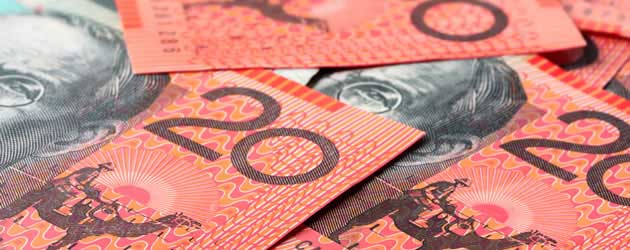
The Pound to Australian Dollar exchange rate (GBP/AUD) strengthened by around 0.7 cents yesterday as the Australian Industry Group’s Performance of Construction Index decelerated from 55.2 to 50.8 during December.
After a prolonged period of contraction, Australia’s Construction Industry finally powered its way back above the 50.0 level that separates growth from contraction in October, and the index hasn’t looked back since. However, the latest reading showed a sharp drop in output due to a steep decline in Engineering Construction, from 52.5 to 46.1.
Peter Burn of AiG noted that the end of the decade-long mining boom was taking its toll on Engineering Construction, but commented that record low interest rates were helping to drive other areas of the Construction Sector higher. Indeed, at 63.5, House Building printed very close to an 8-year high.
Sterling is currently sitting a little bit below the 4-year high of 1.8698 that it struck against the Australian Dollar last week, however, at around 1.84, the Pound to ‘Aussie’ exchange rate is still over 50 cents stronger than it was at this time last year.
The main reasons for the Pound’s impressive rallies against the Antipodean currency are that the Bank of England looks likely to raise interest rates in the medium term, whilst the Reserve Bank of Australia is veering towards further rate reductions.
During 2013 GDP growth picked up considerably in Britain, which boosted economic confidence and fuelled strong improvements in the labour market. Indeed, from July to November alone the headline Unemployment Rate fell from 7.8% to 7.4%. The BoE’s forward guidance policy states that interest rates are likely to be raised when the jobless rate falls to 7.0%, and for this reason demand for the Pound has increased markedly in reaction to the improved situation in the jobs market.
In stark contrast, the Australian Dollar has been subject to vitriol and scorn from business owners and exporters who feel that the domestic currency is overvalued. With mining output beginning to fade, RBA Governor Glenn Stevens and Prime Minister Tony Abbott both decided to explicitly talk down the value of the Australian Dollar late last year. Traders punished the ‘Aussie’ for the comments, and it is now anticipated that the RBA will cut rates at some point during this year.
In addition to this fundamental shift in Central Bank bias, GBP/AUD is also benefitting from the Federal Reserve’s intention to bring about an end to its quantitative easing programme. Last month the Fed reduced its expansive monthly asset purchasing programme by -$10 billion to $75 billion, and it is entirely likely that the world’s largest Central Bank will act again in January to taper QE3 further.
Later this evening the Fed will release its Minutes report from the December meeting; if there are any clues that further tapering will take place this month then the ‘Aussie’ Dollar is liable to depreciate against Sterling.
Also of significance is this afternoon’s US ADP Employment Change reading. A strong number above the 200,000 mark will boost taper prospects and therefore has the potential to send GBP/AUD higher due to risk aversion flows.

Comments are closed.